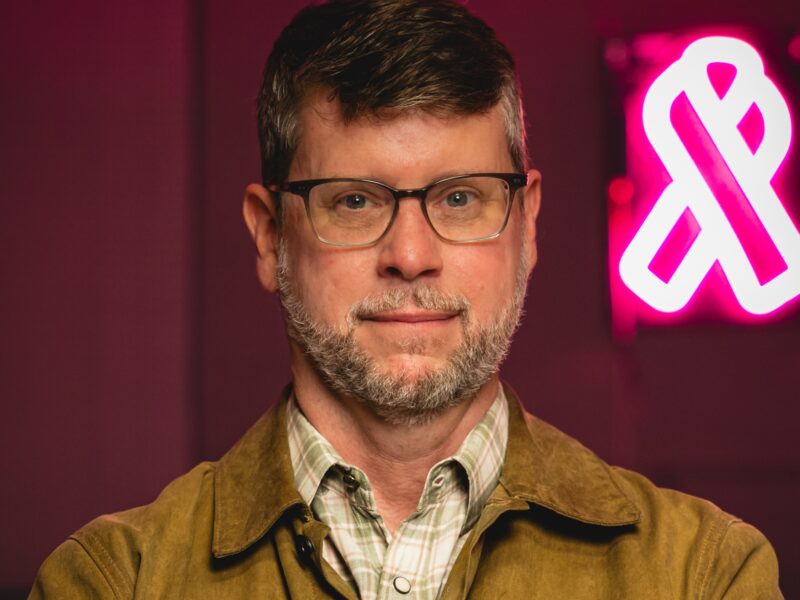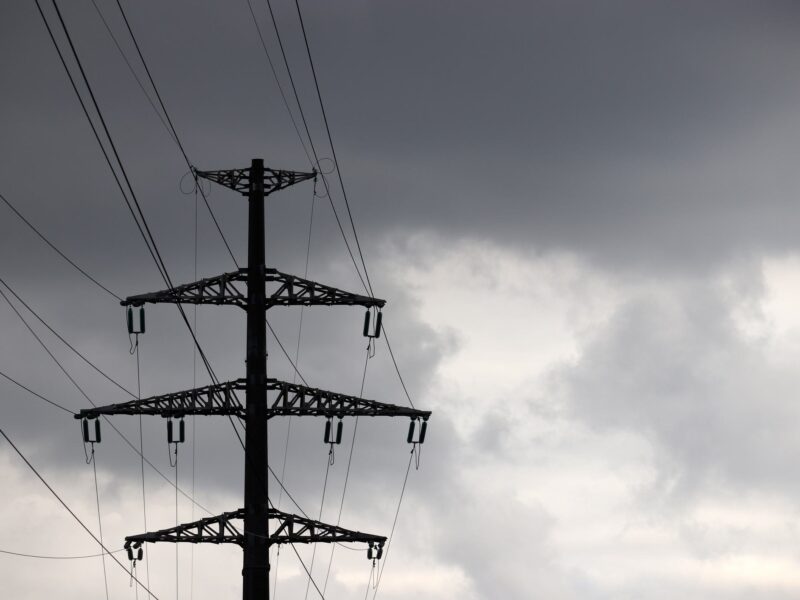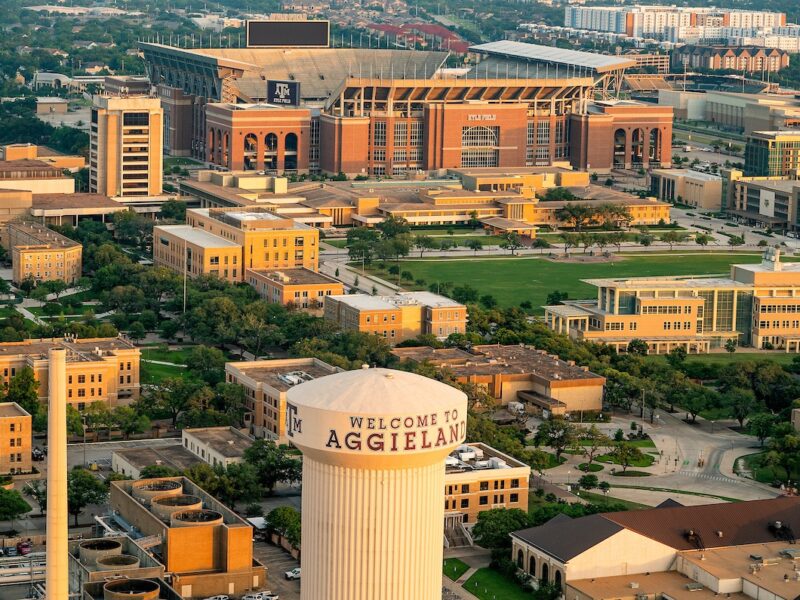Super Collider Could Have Been Superior To Hadron
On Sept. 10, a switch will be flipped inside a huge underground laboratory in Switzerland that could answer some of science’s deepest mysteries – and immediately puts Europe on much of the cutting edge of scientific research that could have started in Texas decades ago, observes a prominent Texas A&M University physicist who was in the project’s vanguard.
The Large Hadron Collider (LHC), a $9 billion, 17-mile tunnel where beams of protons will travel near the speed of light, has taken the place of the once-promising Superconducting Super Collider (SSC), which when started in the 1980s, was one of the largest scientific projects ever initiated by the United States. Constructed near Waxahachie with a 52-mile tunnel, the SSC would have been more than three times larger than the LHC and more powerful in numerous ways, but the entire program was scrapped within a few years due to budget concerns, political bickering and other woes.
“It was a great opportunity that just fell between the cracks,” says Peter McIntyre, professor of physics at Texas A&M University who was one of the scientists who proposed the SSC in 1983.
“It had all of the earmarks of being one of the greatest projects ever, and the knowledge we could have learned from it had the potential to be staggering. But the plug was pulled on it, and now the Europeans are about to do what we started almost 25 years ago.”
In all, about 12 current Texas A&M scientists and researchers were involved in the SSC project, McIntyre says, “and all of us were extremely disappointed it never fully developed.”
At the Large Hadron Collider, organized by a consortium of European nations and formally called the European Organization for Nuclear Research, or CERN, particles will be whirled around the 17-mile ring at super speeds. It could answer some critical questions about how the universe was formed and how it works, possibly even answering the question if other dimensions are out there, as some believe.
In the months to come, the collider will hurl particles at each other, and the results could tell us more about the “Big Bang Theory” and how the universe was created. It might even prove if there is a “theory of everything” law about all matter.
“There’s no doubt the LHC is an exciting project, but the SSC was supposed to be bigger in every way,” McIntyre adds.
“For example, the collisions of particles in the SSC would have been about three times greater than the ones scheduled at the LHC. The high-speed magnet technology of the SSC would have been roughly seven times stronger than what has been built in Switzerland. It (the SSC) would have been larger, stronger, quicker and more powerful in just about every area.
“The bottom line is that we (America) lost a tremendous amount of leadership in the scientific community,” he adds.
“Europe is now where most of the critical research is being done, not here. It (stopping the SSC) severely hurt U.S. science in the long run, and the repercussions could be enormous. The SSC just had so much promise and excitement about it.”
Media contact: Keith Randall, Texas A&M News & Information Systems.





